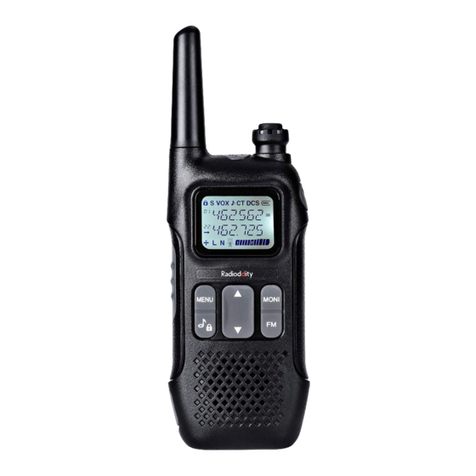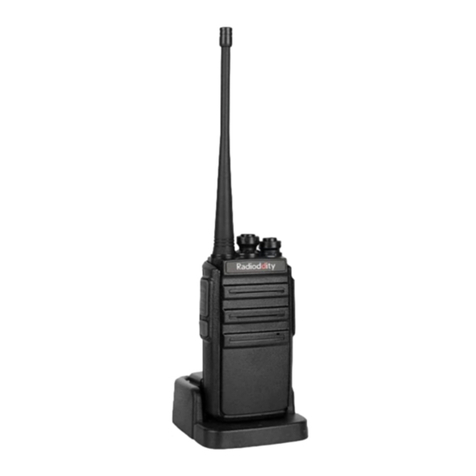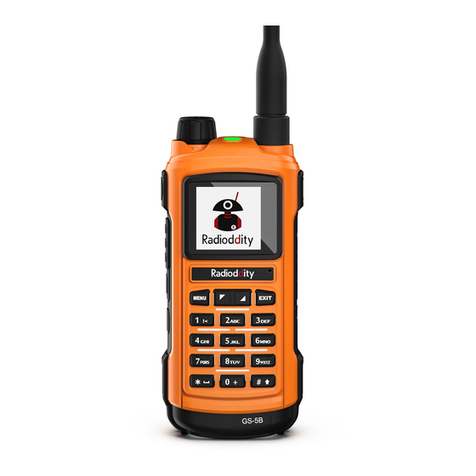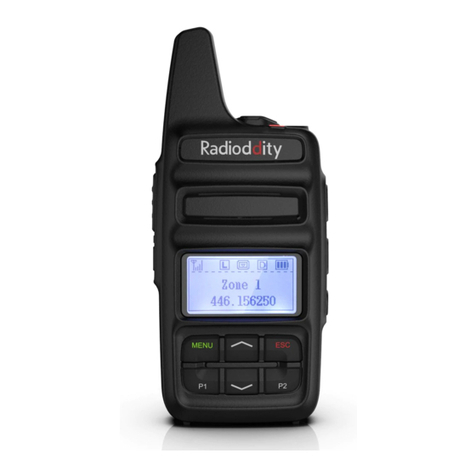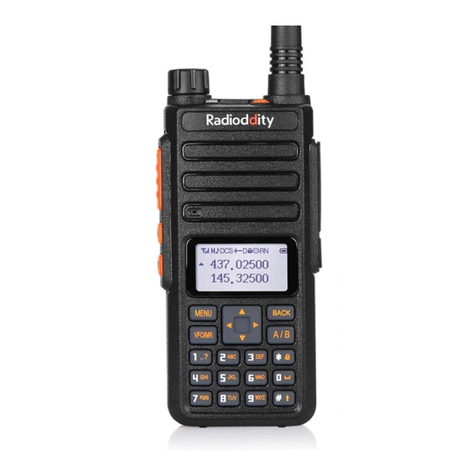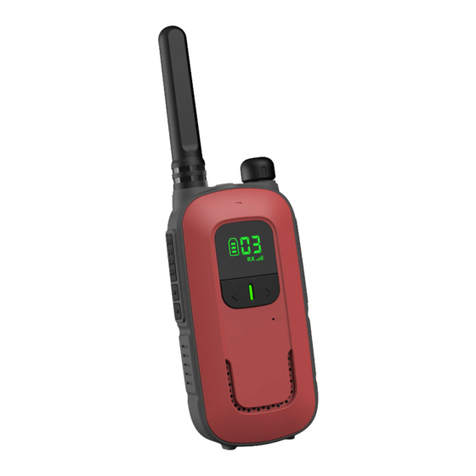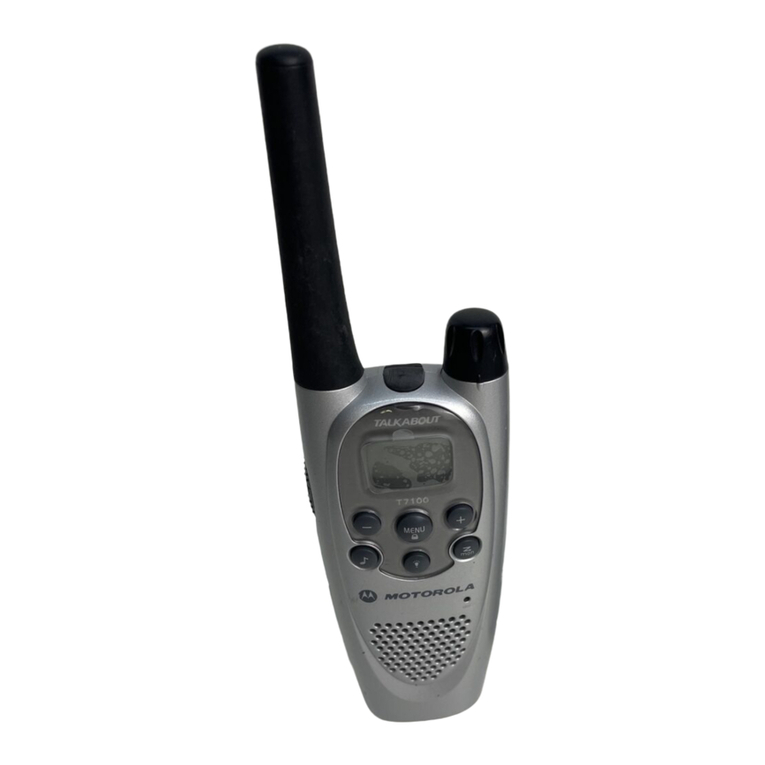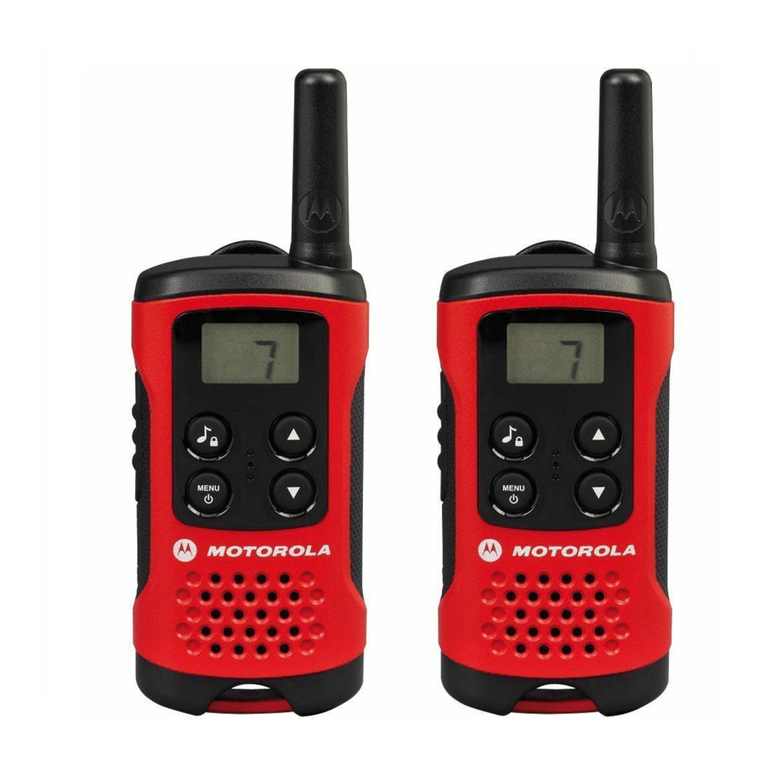
3
To protect you against any property loss, bodily injury or even death, be sure to observe the following safety instrucons:
1. Do not charge or replace your baery in a locaon containing fuels, chemicals, explosive atmospheres and other
ammable or explosive materials.
2. Do not charge your baery that is wet. Please dry it with a soand clean cloth prior to charge.
3. Do not charge your baery suering deformaon, leakage and overheat.
4. Do not charge your baery with an unauthorized charger.
5. Do not charge your baery in a locaon where strong radiaon is present.
6. Overcharge shall always be prohibited for it may shorten the life of your baery.
Maintenance Instrucons
To help your baery work normally or prolong its life, be sure to observe the following instrucons:
1. Accumulated dust on charging connector may aect normal charging. Please use a clean and dry cloth to wipe it on a
regular basis.
2. It is recommended to charge the baery under 5℃~40℃. Violaon of the said limit may cause baery life reducon or
even baery leakage.
3. To charge a baery aached to the product, turn it oto ensure a full charge.
4. Do not remove the baery or unplug the power cord during charging to ensure a smooth charging process.
5. Do not dispose of the baery in re.
6. Do not expose the baery to direct sunlight for a long me nor place it close to other heang sources.
7. Do not squeeze and penetrate the baery, nor remove its housing.
Transportaon Instrucns
1. Damaged baeries must not be transported.
2. To avoid short circuit, separate the baery from metal pars or from each other if two or more baeries are transported
in one packaging.
3. The radio must be switched oand secured against switch-on, if the baery is aached.
The content of the shipment must be declared in the shipping documents and by a Baery Shipping Label on the packaging.

